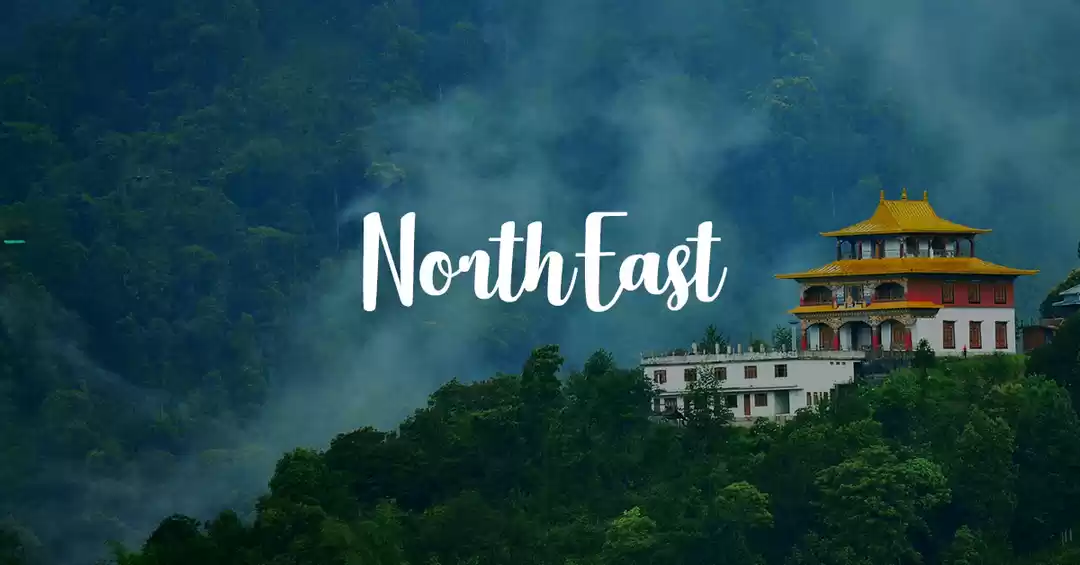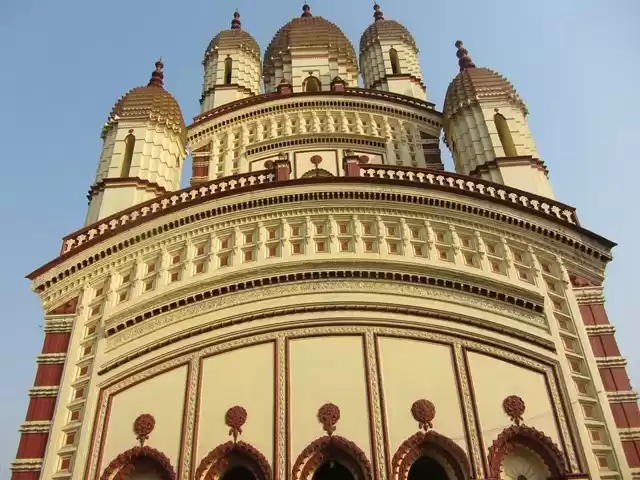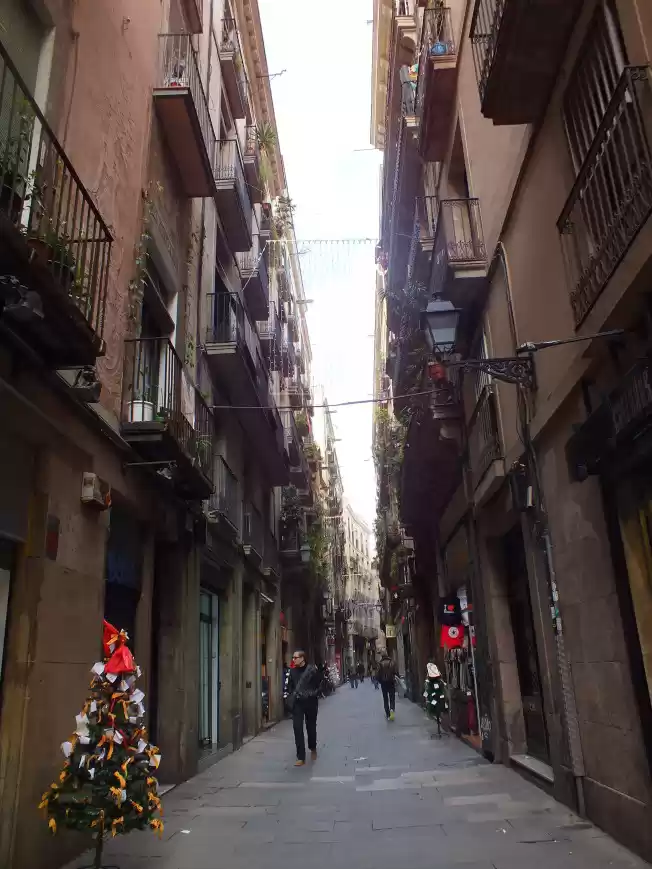
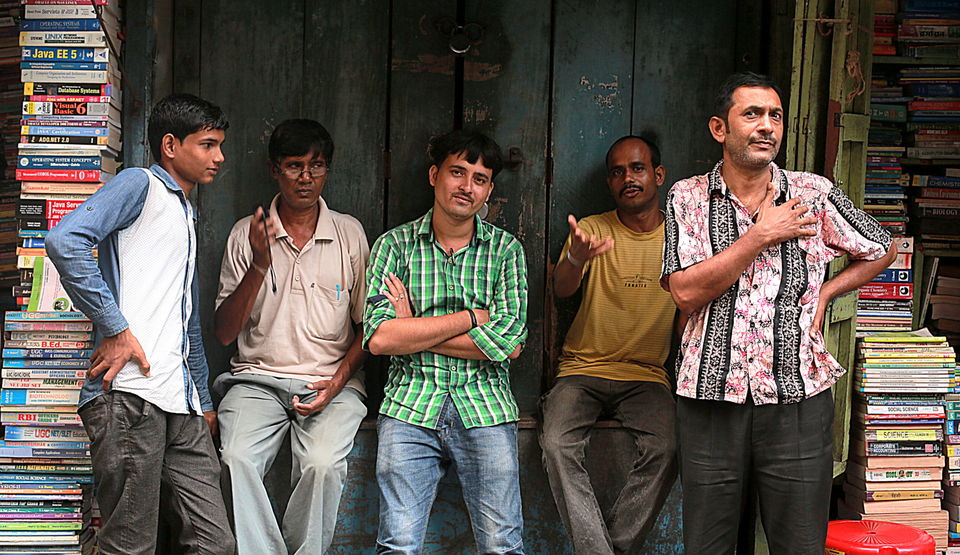




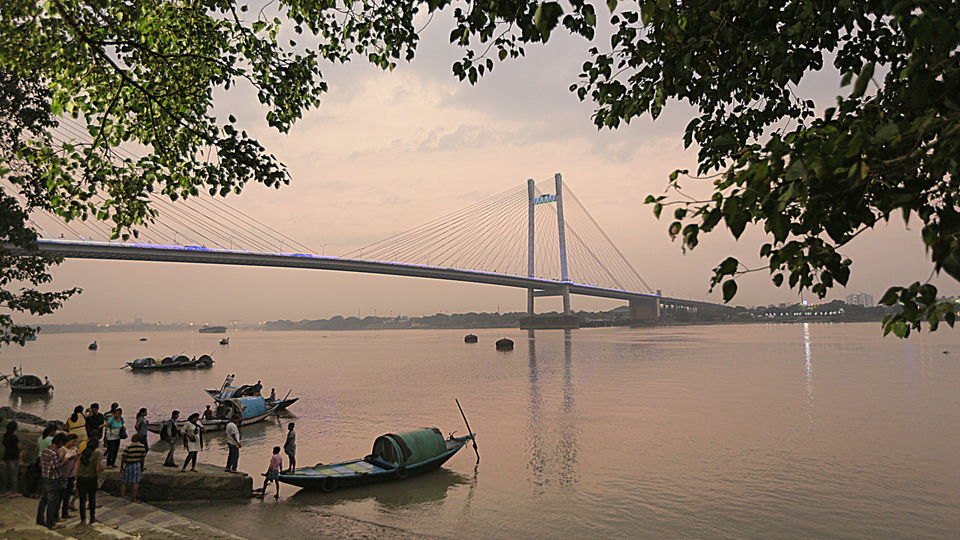



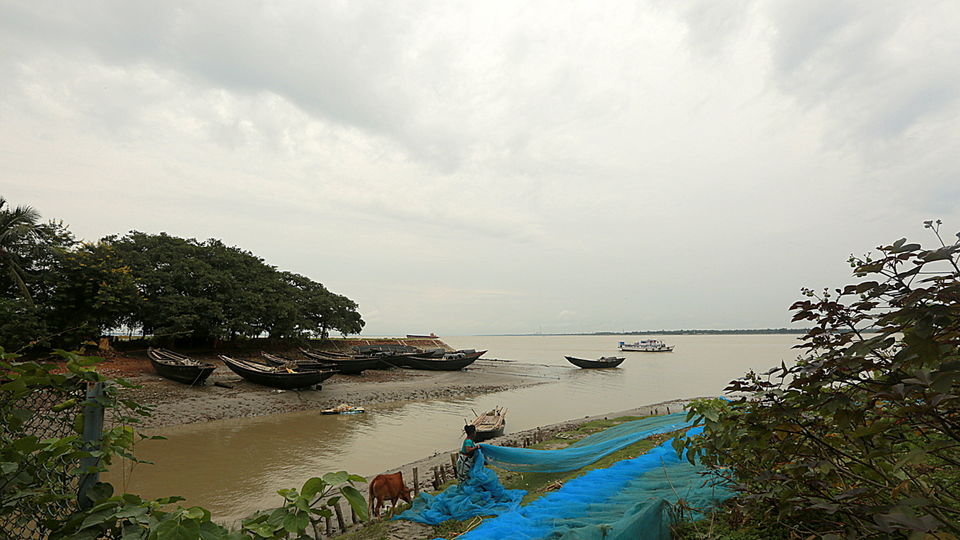

Now Calcutta is one old gentleman, you know. Gentleman, albeit without anything gentle about him. He’s old, watery eyed and beaten down with a leathery face that has multiple criss crosses of Hooghly against his rough, tanned texture. His vision is awfully fatigued, such that he can only see so far as the boundaries of his massive girth run. Amar Bangal- broad chunks of East India bordering it on all sides- is a phrase incidentally being his most repeated despite 67 independent years of free existence! The rest of the country is as alien to him as his non-Bangla speaking neighbor.
I set foot on Calcutta’s soil for the first time on one fine afternoon of October 2015. The land had me from the word go. I know not if it were the tinted windows of my Rajdhani or the musty air of a tropical Calcutta that dressed my first vision of it in delicate frills of sepia! What I do know is that the unending trails of yellow taxis against some broken, some richly painted French windows that adorned old colonial buildings made me sigh gleefully at the visual delight this ancient city is.
This languid, lazy looking city which was called Asia’s “handsomest town” in 1803 and “possibly the richest city between Rome and Tokyo in terms of the money accumulated” until as late as 1971 chugs slow, indifferent today, much like its trams, that find themselves the sophisticatedly odd member out amidst the ill mannered chaos of modern day motor craft. For the erstwhile City of Palaces and its array of mansions and cathedrals, not much lies changed today since wealth, affluence and bone deep beauty are still retained as much by this city as its dirt, slush and absolute disregard of time.
Calcutta is badly time warped.
Calcutta, as we know is the offshoot of the British government’s Indian stint of 200 years. Out of these 200 years, from the historic Battle of Plassey in 1757 to the transfer of capital to Delhi in 1911, almost 150 years of English Enlightenment belonged to Calcutta.
Cut to 2015 and you don’t see the local guy from the East too happy today. He is the man who pulls rickshaws by hand, the tired beetle stained paanwala from behind the two-foot counter, the olive skinned lady struggling with one child in arm and another trailing behind holding her saree’s pallu. The community’s most used phrase, quite discernibly, is ‘hobe na’ and this it uses with rightful agitation. The Calcutta of today looks poor, filthy but strangely content! I’d be lying if I didn’t say I saw a child take the most peaceful dump in an open drain on a street which had a rally running alongside. Certain things can “hobe” in Caclutta only, I reckon.
The city’s intelligentsia resides in places that don’t interest a backpacker tourist. Sensing the death of the city, they’ve found themselves secret cribs where Tagore’s paintings an Paramhansa Yogananda’s portraits adorn the mantelpieces of little libraries housing some of the world’s most massive literature. They visit old bars in the city, listen to jazz music and watch re runs of Sourav Ganguly’s test matches. Again, I’d be lying if I said that such stray bits of greying characteristics make Calcutta the most handsome yet endearing old man.
The city’s affair with the past is slightly harrowing, I dare say; like a psychotic lover engaging in daily chats with the rotting body of her long dead husband. History in as much endeared as it is proudly held on the palm of ones hand.
But whoever said treasures ever lay themselves out in the open? Meander a little south and you come across one of the largest colonies of idol makers in the world. Kumortoli, ideally home to the potters of Bengal, is the place where Calcutta’s favorite goddess takes birth without fail, every year. Picturesque, clean, colorful yet bursting with a thousand shades of grey of the unfinished idols, Kumortuli’s bylanes are abuzz with activity for 3 months in a year before the arrival of the Pujo. Every year the air nips, every year idol makers outdo each other by manufacturing one god taller than the other, and every year, Bengal throws itself in the enigmatic frenzy of welcoming its beloved daughter Durga to her maternal home. What follows for the next nine days is one of the grandest celebrations of woman power starting with Mahalaya when the Mahisasura Mardini wears a most glamorous avatar and engages in the slaying of the demon Mahisasura.
The old Calcutta looks dotingly at Mahamaya, the Mother of the Universe who incidentally, is his beloved daughter. He invokes her, prays to her, kneels before her, celebrates her, revels in the beauty of her infinite black tresses and looks on bereaving as she parts from him on the tenth day. The celebrations are over and the city is back to living a part melancholic, part estranged, part disenchanted life.
Day number eleven. When the air hangs heavy with the smell of smoke and when flowersellers at Mullick Ghat are beginning to lay their marigold produce in the many, amusingly bewildering gradients of yellow, Calcutta resumes normal life in the glow of hazy October mornings. He quietly sips chai under the Howrah Bridge in abrupt groups of three and four seldom raising its head from that seemingly important game of chess or laughs in comical bursts in the midst of politically heavy, sometimes unsolicited discourses trying damn hard to make his version of Marxism win over another’s. No denying, no other city encourages you to strike random conversations with strangers as much as Calcutta. It is this very exclusiveness that makes the city so attractive.
In the aftermath, pandals are being hurriedly dismantled, the Mahamaya has already sunk to the bottom of the river or gone adrift as per her wish and the many fairy lights that had crept up on every flyover in the past one month have been yanked off. Once again streets are filled with bored looking vendors. Rudyard Kipling called Calcutta the city of the dreadful night but today, an average day wears a more dreadful pall of gloom than Kipling’s night ever could.
Kolkata is literred with the remains of many worlds where each fragment is trying to piece itself together and stay afloat on its river of British, Armenian and Chinese ghosts. “Jago, tumi jago!”, is what they normally say to invoke Durga. Some of us want to say that to present day Calcutta which, in the burning plain of Bengal, on the largest delta of the world sweats profusely under the humid onslaught of modernity, yet holds its discomfort with such nonchalance that one could not hate but only marvel at the sheer arrogance of this greying old man.



